Succulent Potting Soil Recipes: How To Make A Soil Mix For Succulents


As home gardeners begin growing succulent plants, they’re told to use a fast-draining soil. Those accustomed to growing traditional plants might believe their current soil is sufficient. Perhaps, a better description of well-draining succulent soil mix would be extra drainage or amended drainage. Succulent potting soil needs adequate drainage to keep water from remaining on the shallow roots of these plants for any length of time.
About Succulent Soil Mix
Proper potting soil for succulents should encourage the entire pot to dry out quickly, as many issues come from wet soil on or below the root system. The difference in what we use for traditional plants and the media in which we plant succulents lies in the water retention aspect. Soil that is well aerated and well drained, while still holding moisture, is appropriate for other plants. The succulent soil mix, however, should encourage moisture to exit the container quickly. You should choose material coarse in texture, such as pre-packaged succulent and cactus soil mixes. However, these may be difficult to find in some spots and pricey to order online with shipping. Many specialists want faster drainage than even these provide and prepare their own soil mix for succulents.
Making Potting Soil for Succulents
Online recipes abound. Most use a base of regular potting soil or the bagged succulent potting soil mix. If you choose to make your own mix, use regular potting media without additives. We’ll explain further ingredients to add to this when amending or making your own succulent potting soil. Frequent additions to succulent growing medium include: Coarse Sand – Coarse sand included at one half or one third improves soil drainage. Don’t use the finely textured type such as play sand. Cactus may benefit from a higher mix of sand, but it must be the coarse type. Perlite – Perlite is commonly included in most mixes for succulents. This product adds aeration and increases drainage; however, it is lightweight and often floats to the top when watered. Use at 1/3 to 1/2 in a mix with potting soil. Turface – Turface is a soil conditioner and calcine clay product that adds aeration to the soil, provides oxygen, and monitors moisture. A pebble type substance, it does not compact. Turface is the brand name but a commonly used term when referring to this product. Used as both a succulent soil mix additive and as a top dressing. Pumice – Pumice volcanic material holds moisture and nutrients. Pumice is used by some in large quantities. Some growers use pumice only and report good results in trials. However, the use of this type of media requires more frequent watering. Depending on your location, you may have to order this product. Coconut Coir – Coconut coir, the shredded husks of the coconut, adds drainage capabilities and can be wet repeatedly, as opposed to other products which might not accept water well after the initial wetting. Until recently, nobody mentioned coir (pronounced core) to the average succulent grower. At least one well-known succulent distributor uses coir as part of their unusual mix. I use a mix of 1/3 plain potting soil (the cheap kind), 1/3 coarse sand, and 1/3 coir and have healthy plants in my nursery.
Gardening tips, videos, info and more delivered right to your inbox!
Sign up for the Gardening Know How newsletter today and receive a free copy of our e-book "How to Grow Delicious Tomatoes".

Becca Badgett was a regular contributor to Gardening Know How for ten years. Co-author of the book How to Grow an EMERGENCY Garden, Becca specializes in succulent and cactus gardening.
-
 Try The Trend – Turn Any Bed Into A Keyhole Garden With This Clever In-Ground Composter
Try The Trend – Turn Any Bed Into A Keyhole Garden With This Clever In-Ground ComposterKeyhole gardening is an efficient and sustainable practice that saves space. Get started on this DIY project quickly and easily with an in-ground composter.
By Bonnie L. Grant
-
 4 Superfast Composting Methods: Turn Waste Into Garden Gold In 30 Days Or Less
4 Superfast Composting Methods: Turn Waste Into Garden Gold In 30 Days Or LessTry the fastest composting methods to turbocharge your pile and transform kitchen scraps and garden waste into finished compost in just a few weeks.
By Mary Ellen Ellis
-
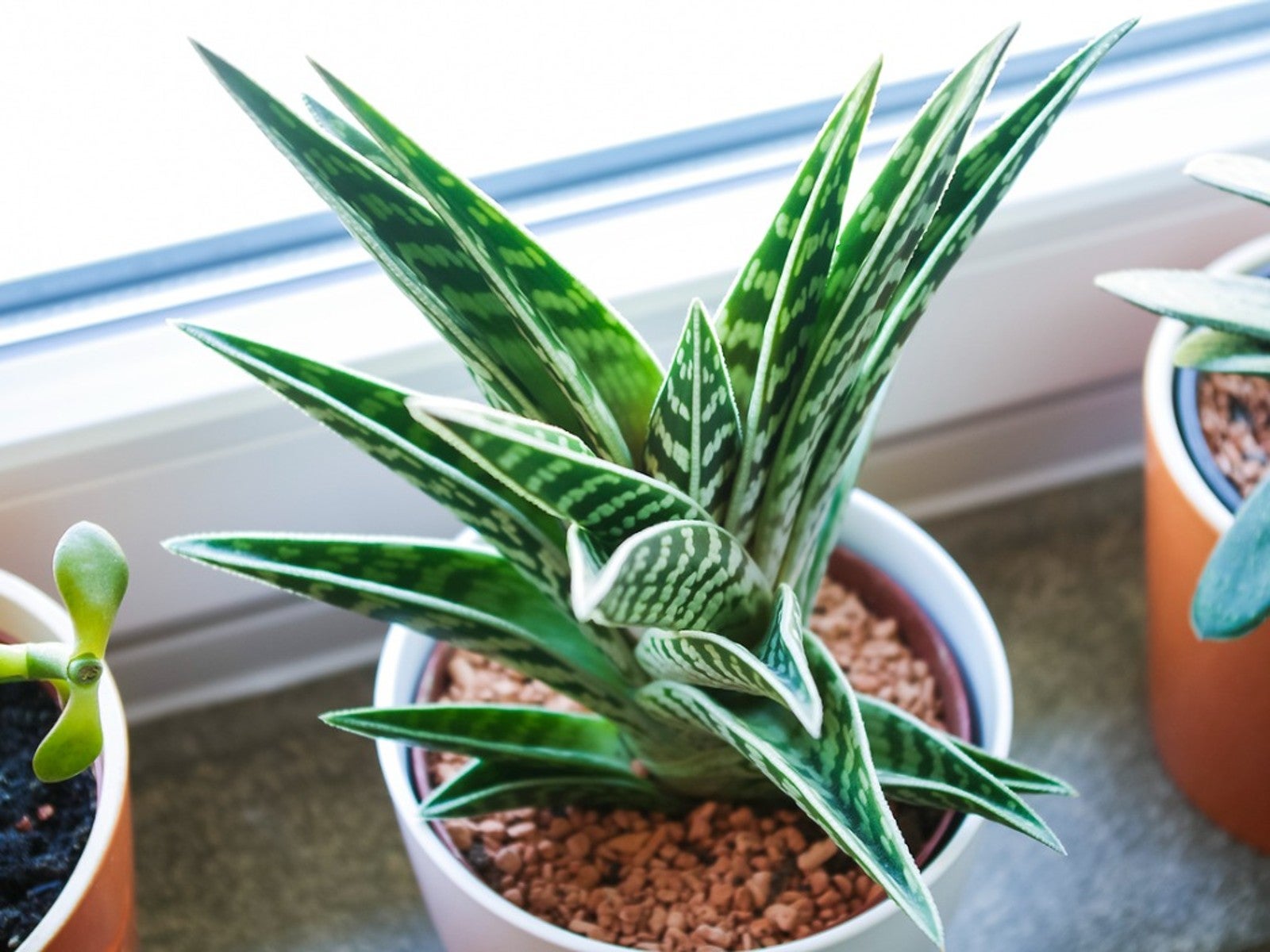 Variegated Succulents To Add To Your Plant Collection
Variegated Succulents To Add To Your Plant CollectionRead about some of the pretty variegated species that add beauty and interest to your succulent collection.
By Becca Badgett
-
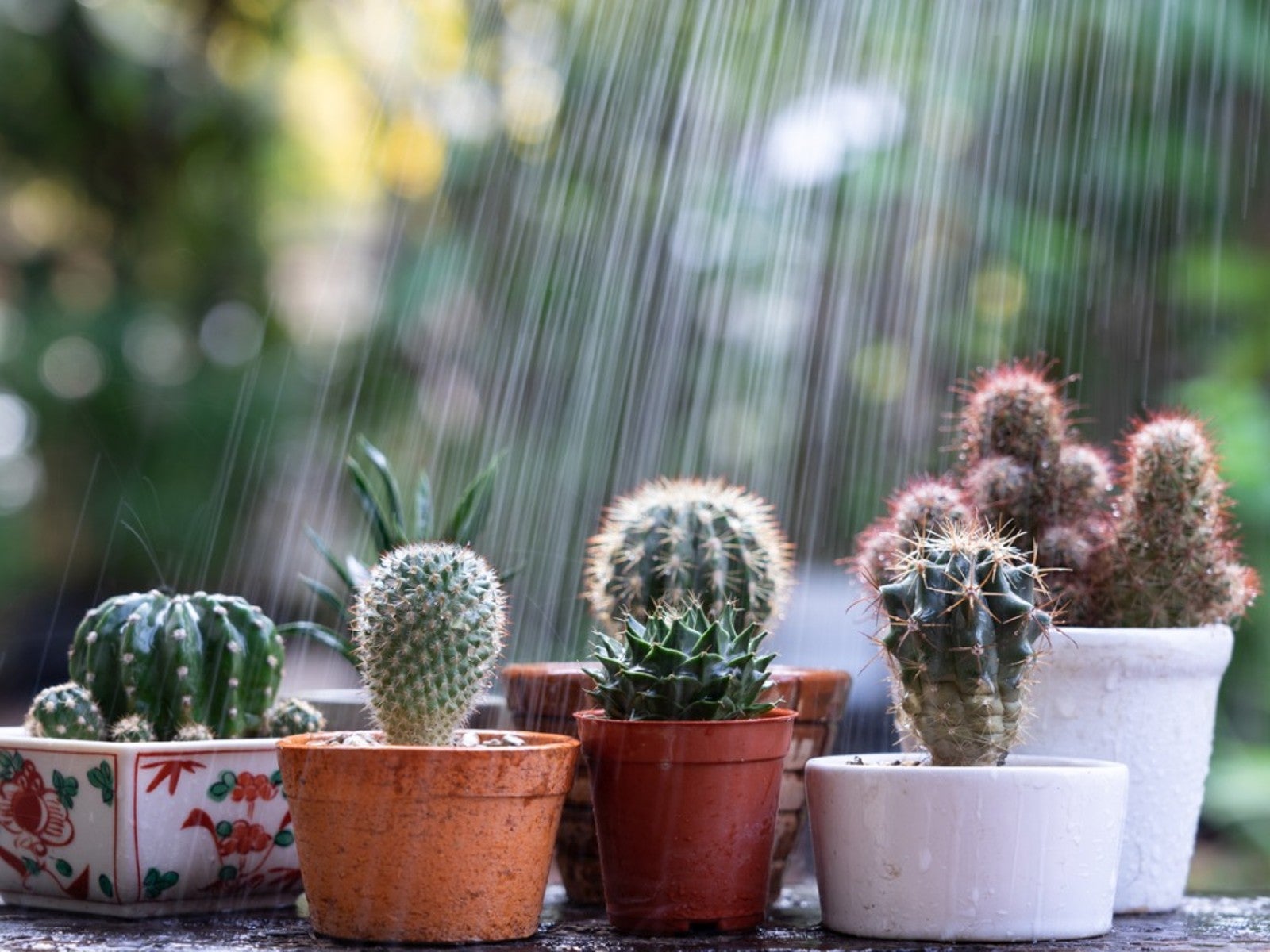 How To Protect Succulents And Cacti From Rain
How To Protect Succulents And Cacti From RainRain has the potential to cause damage to our cacti and succulents. However, when planted in proper soil, rainfall may perform as just a deep watering. Read on for more.
By Becca Badgett
-
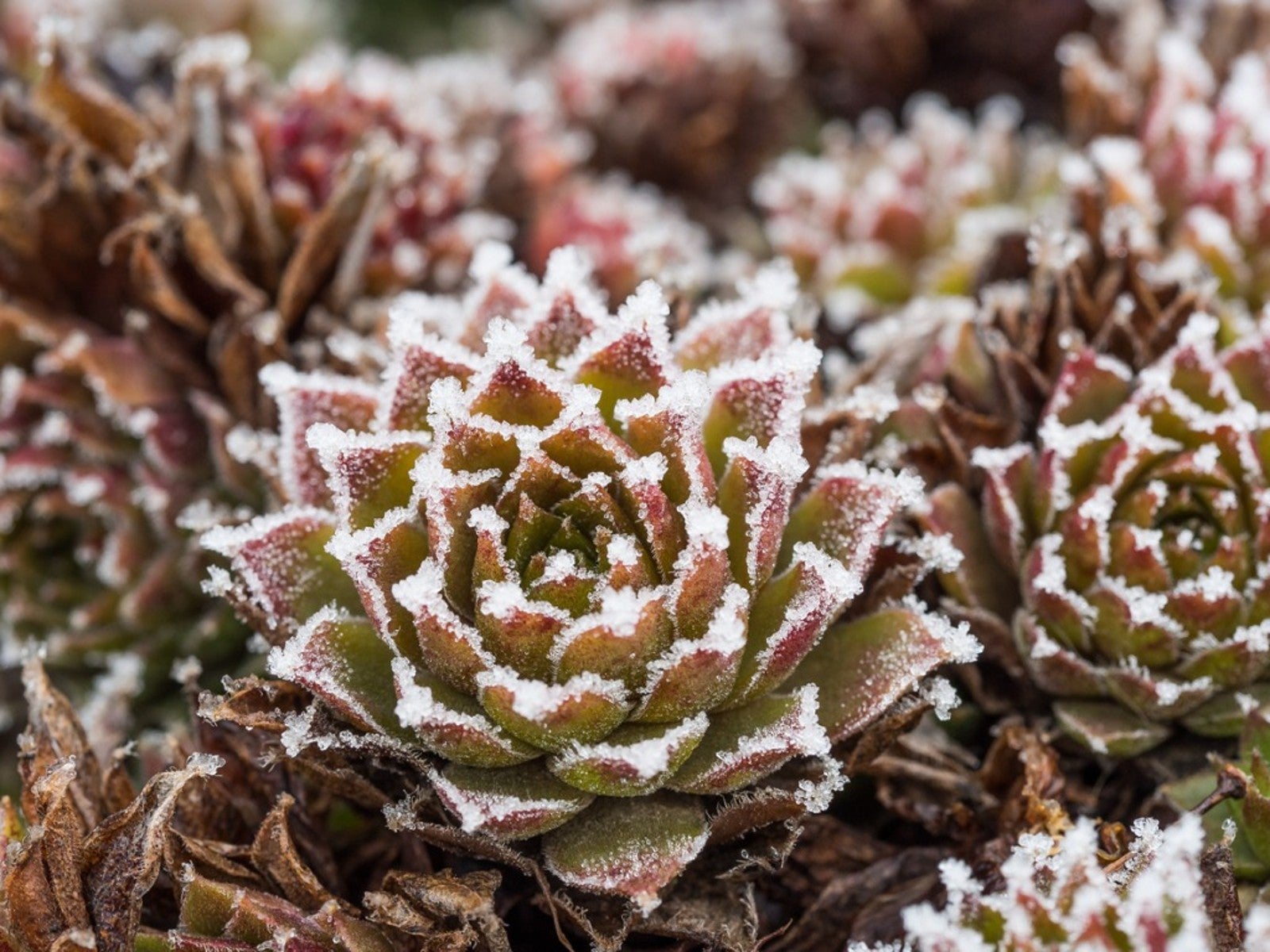 Succulents and Frost: How To Save A Succulent From Frost Or Freeze
Succulents and Frost: How To Save A Succulent From Frost Or FreezeCan succulents withstand cold? Succulents and frost don't traditionally go together and can result in damage, but you may be able to save frozen succulents.
By Bonnie L. Grant
-
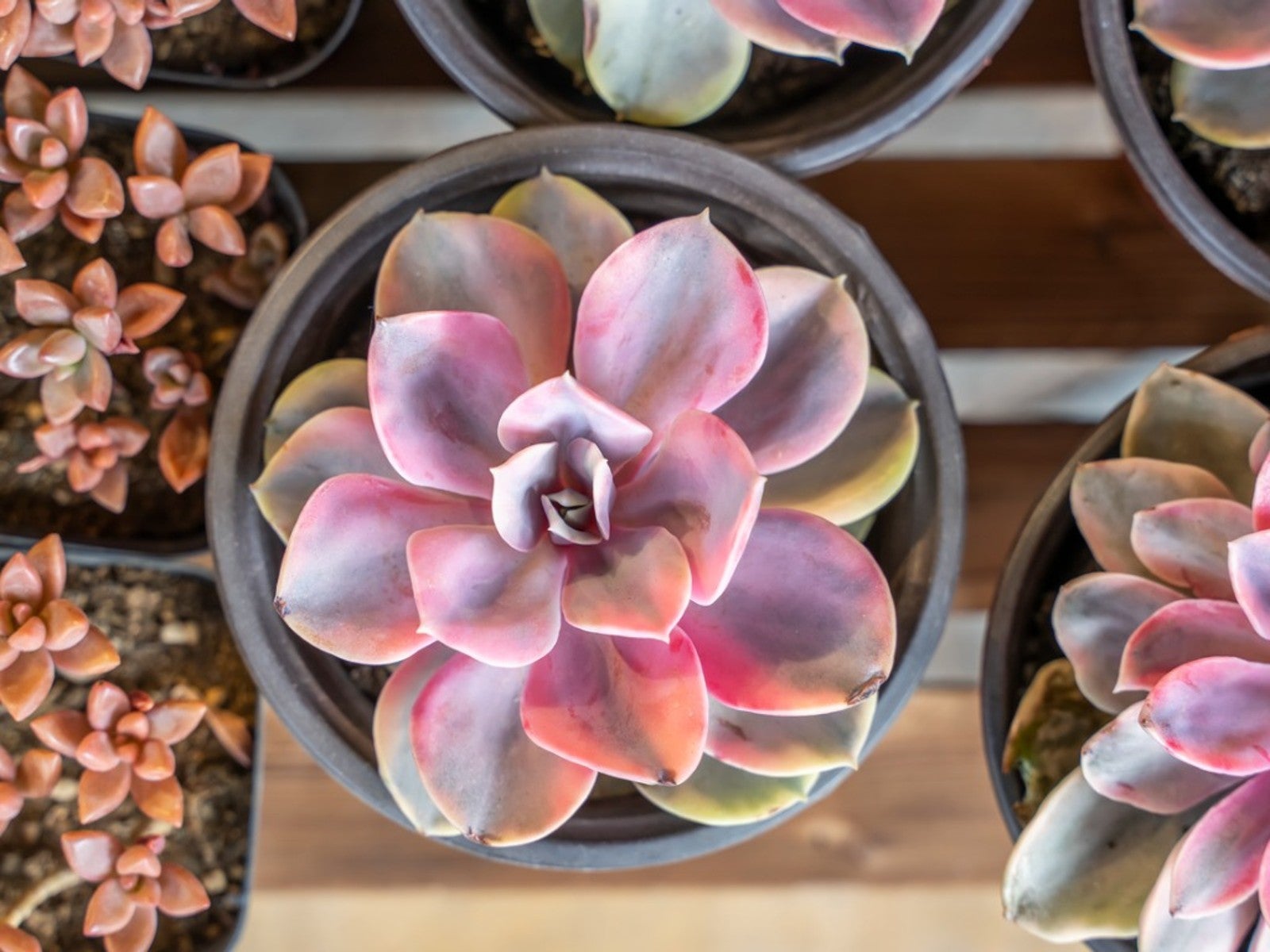 Pink Succulents Varieties To Try: How To Grow Perfect Pink Succulent Plants
Pink Succulents Varieties To Try: How To Grow Perfect Pink Succulent PlantsPink succulents may display the color on leaf edges or with streaks or blotches mingled throughout the foliage. Here are our favorites.
By Becca Badgett
-
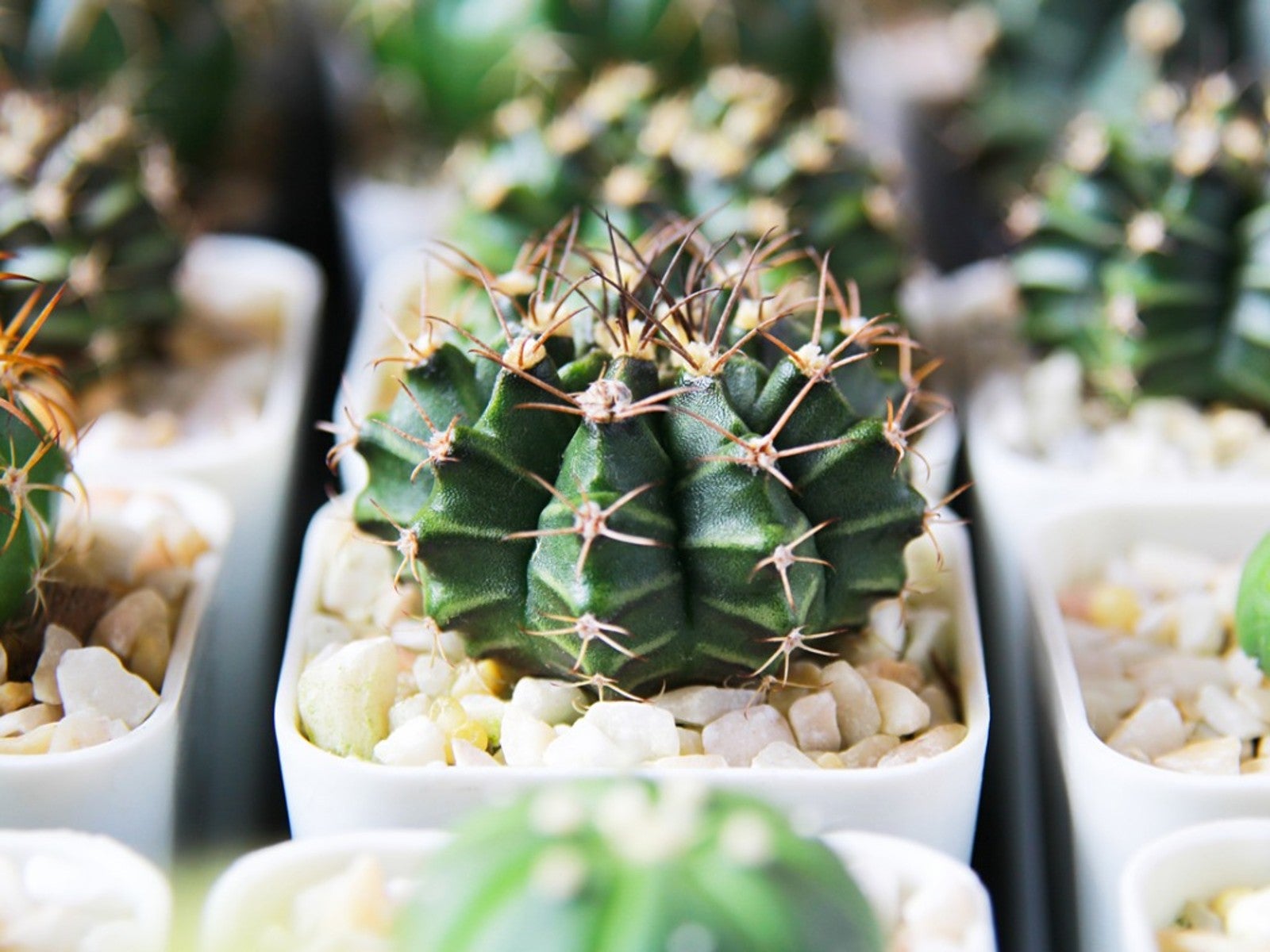 10 No Fuss Cacti - What’s The Best Low Maintenance Cactus
10 No Fuss Cacti - What’s The Best Low Maintenance CactusIf you’re thinking of adding plants to your collection, consider no fuss cacti. Click here for an easy cacti list, even for beginners.
By Becca Badgett
-
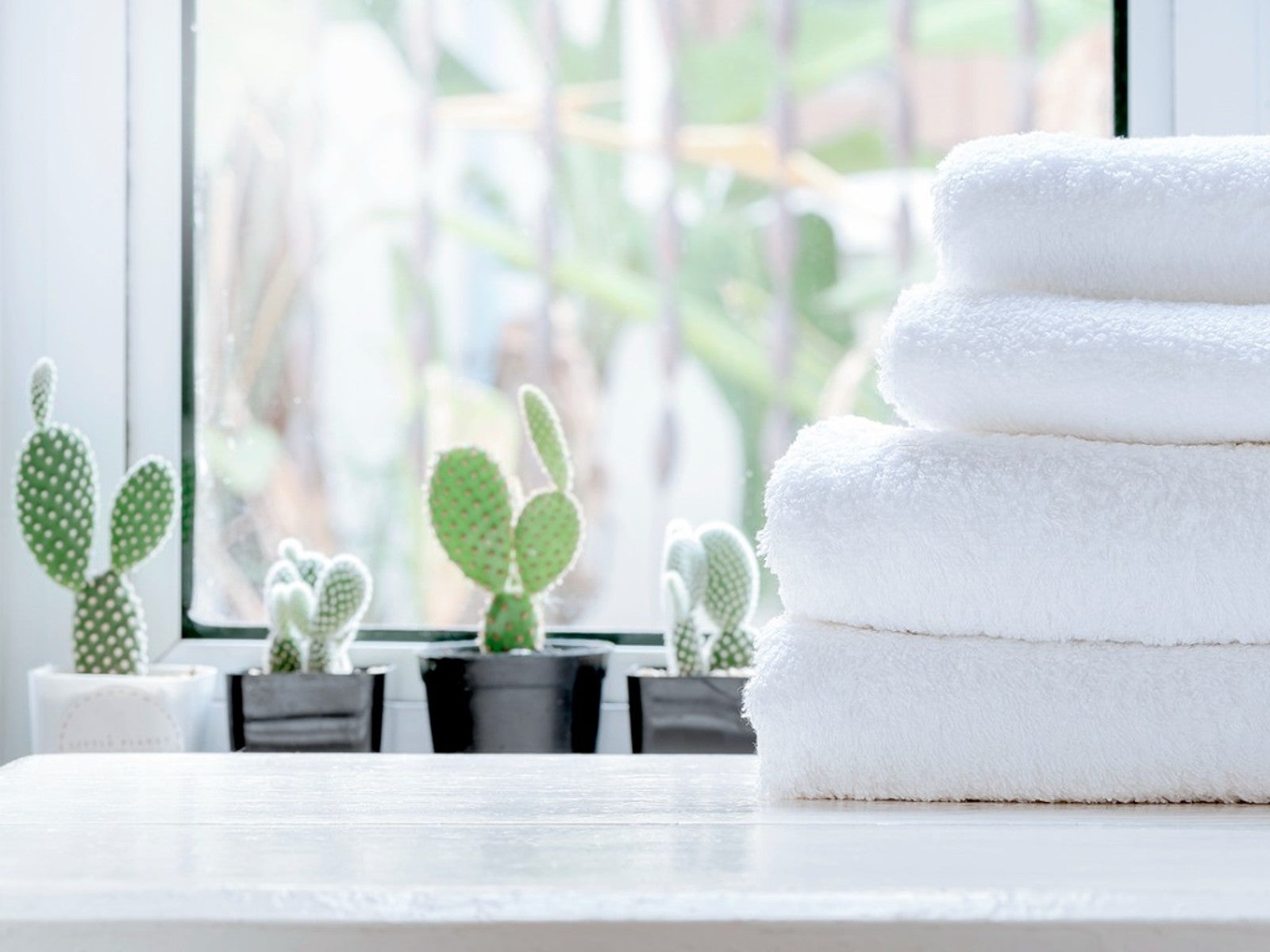 5 Best Succulents For A Bathroom
5 Best Succulents For A BathroomSome succulents can be great options for bathroom decoration. Read on for our top five bathroom succulent ideas.
By Becca Badgett
-
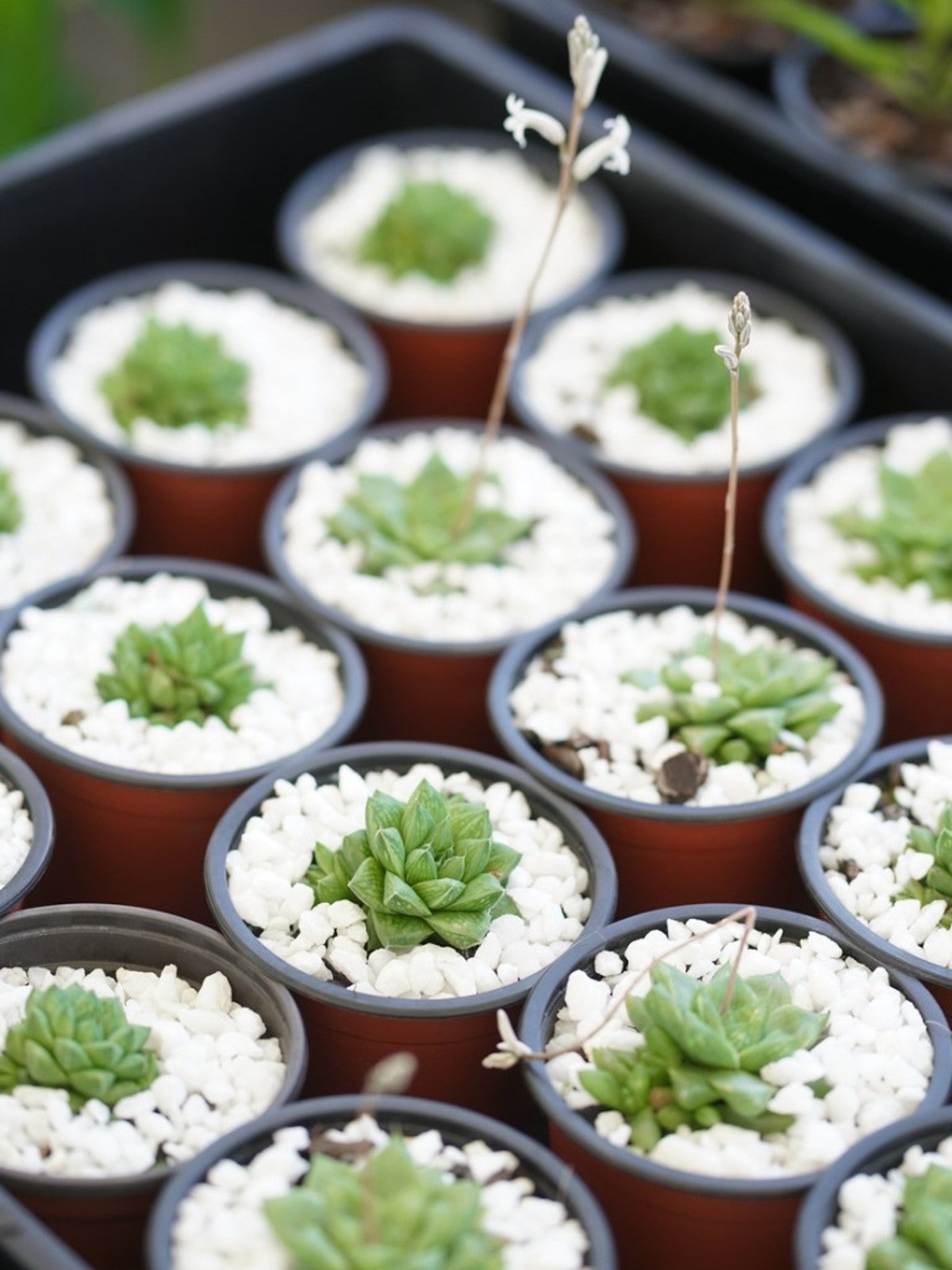 What Is A Succulent Starter Kit - Best Succulent Starter Kits
What Is A Succulent Starter Kit - Best Succulent Starter KitsWhile garden kits are not the most inexpensive option for growing succulents, they do include everything you’ll need. Grow succulents from seed by using a succulent seed starter kit to learn the process and to check your results.
By Becca Badgett
-
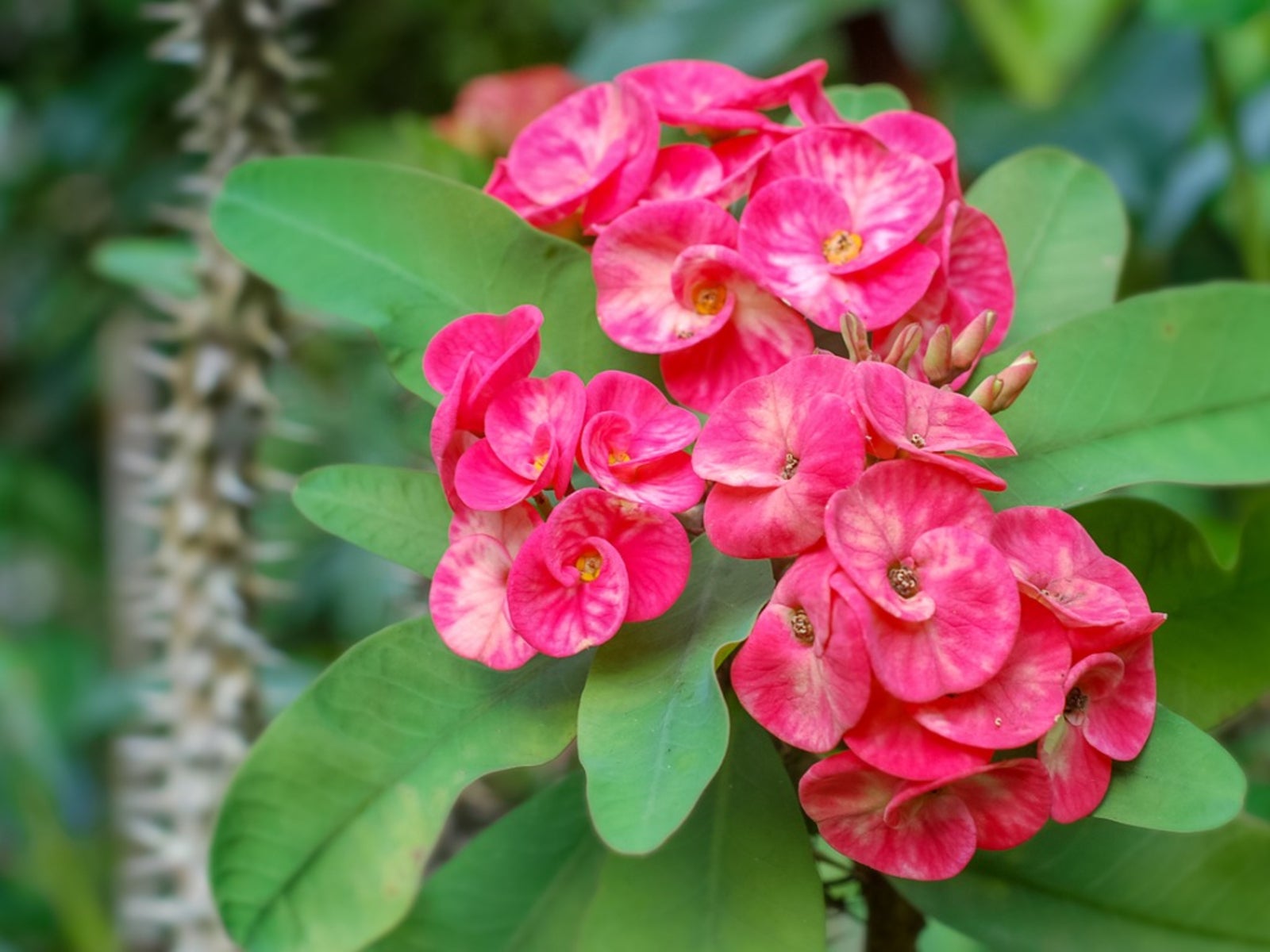 Dazzling Succulents - Succulents With Striking Flowers
Dazzling Succulents - Succulents With Striking FlowersWhen you think of succulents you may just envision their unique leaves and stems. But succulents also produce bright and bold flowers in the right conditions. Read on to learn more.
By Bonnie L. Grant